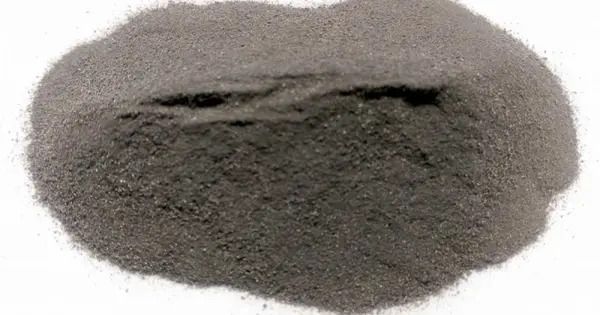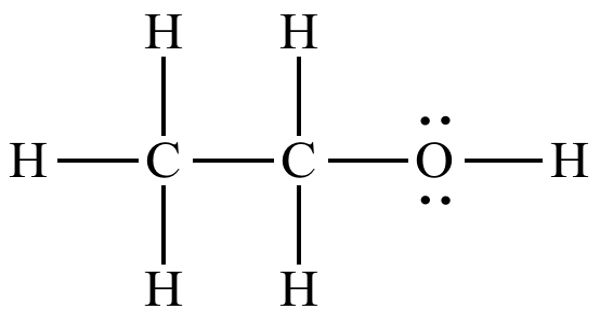Vanadium carbide is an inorganic substance having the chemical formula VC. It is a vanadium and carbon combination that falls under the carbide family. It is a very hard and brittle ceramic substance. It has a Mohs hardness of 9-9.5, making it arguably the hardest metal-carbide known. It is interesting since it is found in vanadium metal and alloys. It crystallizes into a cubic form. This cubic structure belongs to a group of chemicals known as the rock salt structure.
Its qualities make vanadium carbide useful in industries that require high-performance materials, such as aerospace, automotive, and tool production. It is an important substance in the field of ceramics and metal carbides, leading to innovative materials with excellent mechanical and thermal properties.
Structure and preparation
It crystallises in the rock salt structure because it is isomorphic to vanadium monoxide. Because VC and VO are miscible, most VC samples contain an oxide contaminant. It is made by heating vanadium oxides with carbon to around 1000 °C. When using radio frequency magnetron sputtering, vanadium carbide can be produced in the (111) orientation. Despite its thermodynamic stability, VC transforms to V2C at higher temperatures.
Vanadium carbide is used as an additive to cemented carbide, to refine the carbide crystals and thereby get an increased hardness of the inserts.
Properties
Vanadium Carbide has an elastic modulus of approximately 380 GPa. VC is extremely hard and exhibits properties similar to other transition metal carbides. It has a high melting point, which makes it useful in high-temperature applications. It is chemically stable at high temperatures and can withstand oxidation to some extent. It is a good conductor of electricity.
- Chemical formula: VC
- Molar mass: 62.953 g/mol
- Appearance: refractory black cubic crystals
- Density: 5.77 g/cm3
- Melting point: 2,810 °C (5,090 °F; 3,080 K)
- Solubility in water: insoluble
- Crystal structure: cubic, cF8
Applications
- Cutting Tools: Due to its hardness and wear resistance, vanadium carbide is used in the production of cutting tools, especially for machining hard materials.
- Additive in Alloys: It is used as an additive in some alloys to improve their mechanical properties, such as hardness and resistance to corrosion.
- Catalysis: It can also serve as a catalyst or catalyst support in certain chemical processes.
















